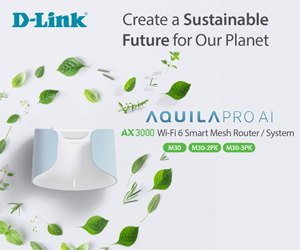Epson science-based targets to cut greenhouse gas emissions, stepping up its commitment to climate action. This is validated by the Science Based Targets initiative (SBTi). These targets align with the 1.5℃ goal of the Paris Agreement.
The move builds on Epson’s long-term strategy, Environmental Vision 2050. This plan sets out a pathway for reducing the environmental footprint of products and business activities across the value chain. By using efficient, compact, and precise technologies, Epson aims to play a leading role in decarbonisation.
Epson first received approval for its targets in 2018. These were later raised to match the tougher 1.5℃ benchmark. By switching to 100% renewable electricity worldwide, Epson achieved these targets ahead of schedule. This success meant the company could push even further.

The new Epson science-based targets focus on absolute emission reductions. By 2030, Epson will cut total scope 1, 2, and 3 emissions by 55%. It will also slash scope 1 and 2 emissions by 90%. The long-term plan goes further, with a 90% cut in all emissions by 2050, and a commitment to reach net-zero under the SBTi Net-Zero Standard.
To achieve these goals, Epson is working closely with suppliers through the Epson Green Supply Chain program. This initiative improves emissions data accuracy and explores joint renewable energy procurement. Since scope 3 emissions make up more than 90% of Epson’s footprint, supplier collaboration is critical.
Beyond reduction, Epson is also developing CO2 absorption technology. Combined with its targets, this effort supports the company’s ambition of going beyond net-zero to become carbon negative.
Epson’s actions show that technology companies can take bold steps to fight climate change and help build a sustainable future.
For more on SBTi go to: https://sciencebasedtargets.org
More Epson reads: Epson ET-4950 Eco Tank – cheap to run, superb print quality, duplex scan and print










Comments